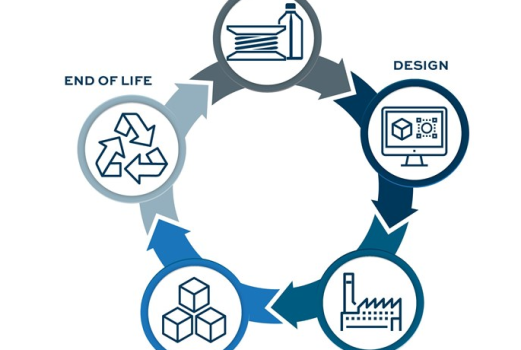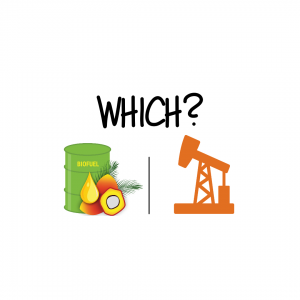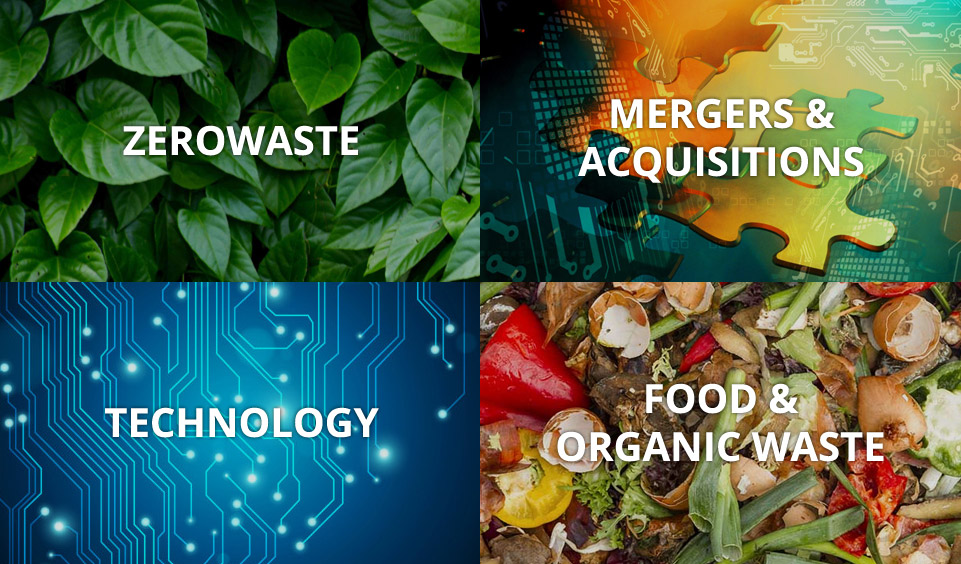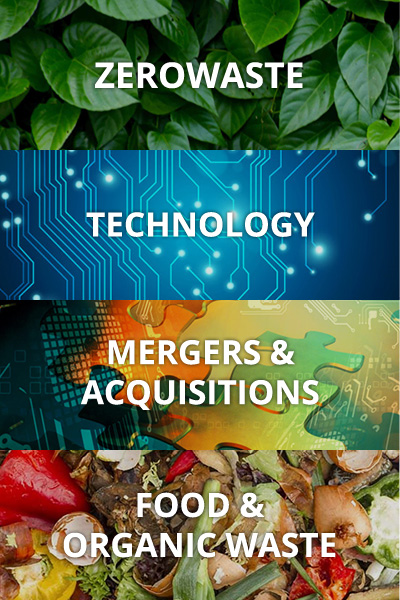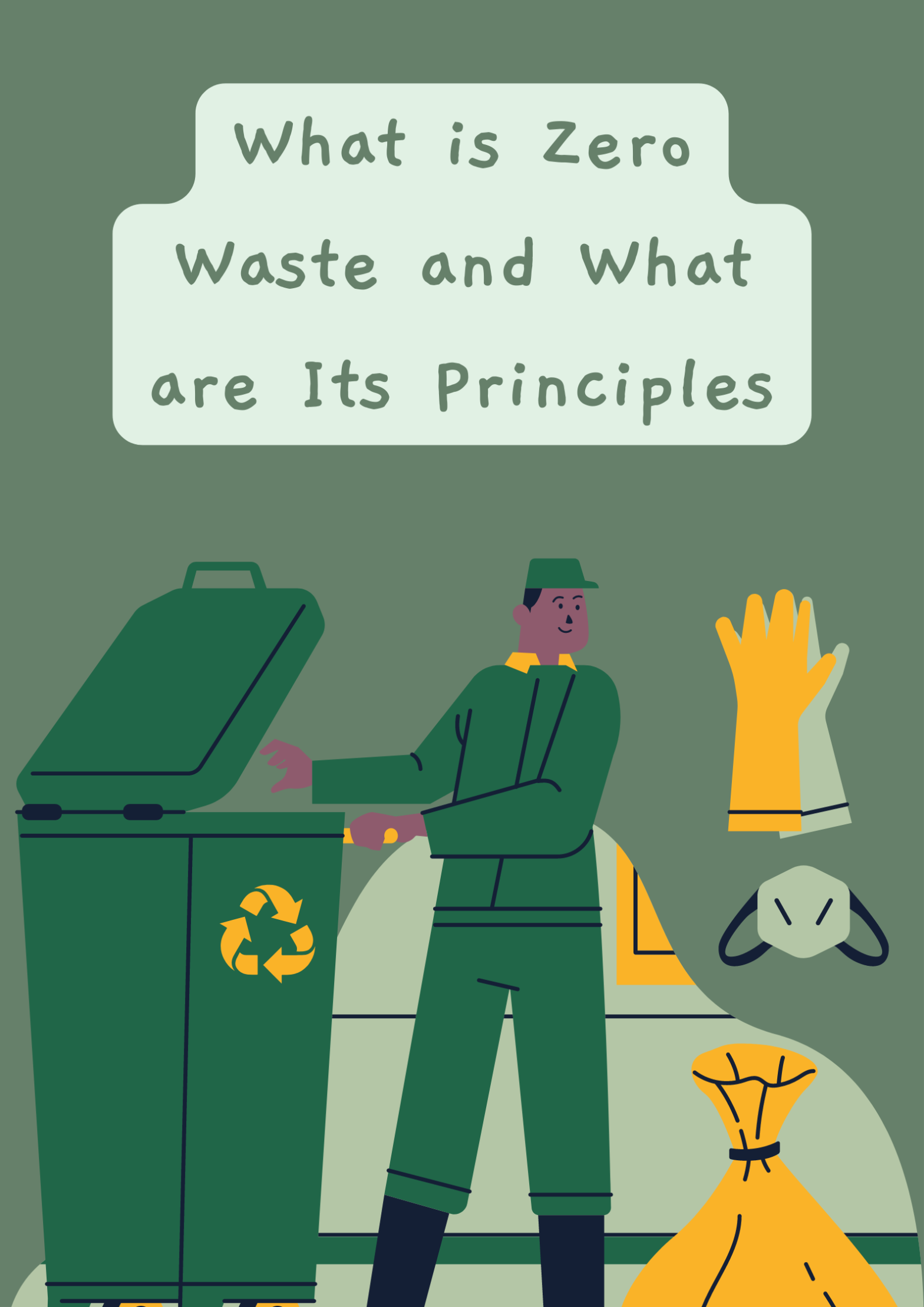
Zero Waste is a philosophy that encourages the redesign of resource life cycles so that all products are reused. The goal is for no trash to be sent to landfills, incinerators, or the ocean.
Zero Waste helps to protect the environment. When we send scrap to landfills or incinerators, it can release harmful chemicals into the air and water. It also takes up valuable space that could be used for other purposes.
Rotting food in landfills also creates methane, a greenhouse gas that contributes to climate change. However, by following the principles of Zero Waste, we can lower our environmental impact and make sure that our trash doesn’t end up harming the planet.
How can it help the environment?
The Zero Waste philosophy can protect the environment in several ways.
- First, it cuts down the amount of waste that is sent to landfills or incinerators. This minimizes pollution and conserves resources.
- Second, it encourages the use of recycled and recyclable materials. It decreases the need for new materials, which can save energy and trim down pollution.
- Third, it lessens methane emissions from rotting food in landfills. Methane is a greenhouse gas that contributes to climate change. By reducing the amount of food waste that goes into landfills, we can bring down the marsh gas emissions and slow down climate change.
The 5 principles of Zero Waste
1. Design out waste and pollution
The first step to reducing junk is to design products and packaging that can be reused, recycled, or composted. It means using less matter in the first place and making sure that what you do use can be easily recycled or composted.
- Some ways to achieve this are:
- Using recycled materials
- Using recyclable materials
- Using compostable materials
- Designing for durability
- Designing for repairability
- Designing for easy disassembly.
2. Reduce what you can’t recycle or compost
It is important to downgrade the amount of dross you create. Some simple tips include:
- Buying in bulk
- Avoiding single-use items
- Choosing products with less packaging
- Composting food scraps
- Recycling paper and cardboard
- Reusing glass bottles and jars.
3. Reuse and repair what you can’t reduce
Saving resources from the remaining stream by recycling is one option, but keep in mind that some items will not recycle indefinitely and will end up in landfill at the end of their (often short) lifespan. Reusing also means swapping disposable products for reusable ones that can easily be laundered instead of thrown away.
4. Recycle what you can’t reuse or repair
The goal of recycling is to decrease the amount of leftovers sent to landfills, incinerators, or the ocean. However, not all materials can be reprocessed endlessly. Some materials will degrade after multiple recycles and will eventually end up in a landfill.
5. Rot (compost) the rest
It is essential to compost food scraps and other organic substances. By doing so, you can diminish methane emissions and fertilize the soil.
There are many different ways to compost, including:
- Indoor worm bins
- Outdoor compost piles
- Food scrap collection programs
Advantages and disadvantages of zero waste practice
Advantages:
- Reduced pollution
- Reduced greenhouse gas emissions
- Reduced landfill waste
- Reduced costs associated with waste disposal
- Increased resource efficiency
- Improved environmental sustainability
Disadvantages:
- Initial investment costs
- Changing consumer habits
- Lack of infrastructure
- Difficulty measuring progress
- Not every citizen will participate
Conclusion
The goal of Zero Waste is to minimize our environmental impact by redesigning the way we use resources. It is a sustainable approach that can help us protect the planet and save money in the long run. However, it requires a change in consumer habits and a commitment to reduce, reuse, recycle, and compost.
